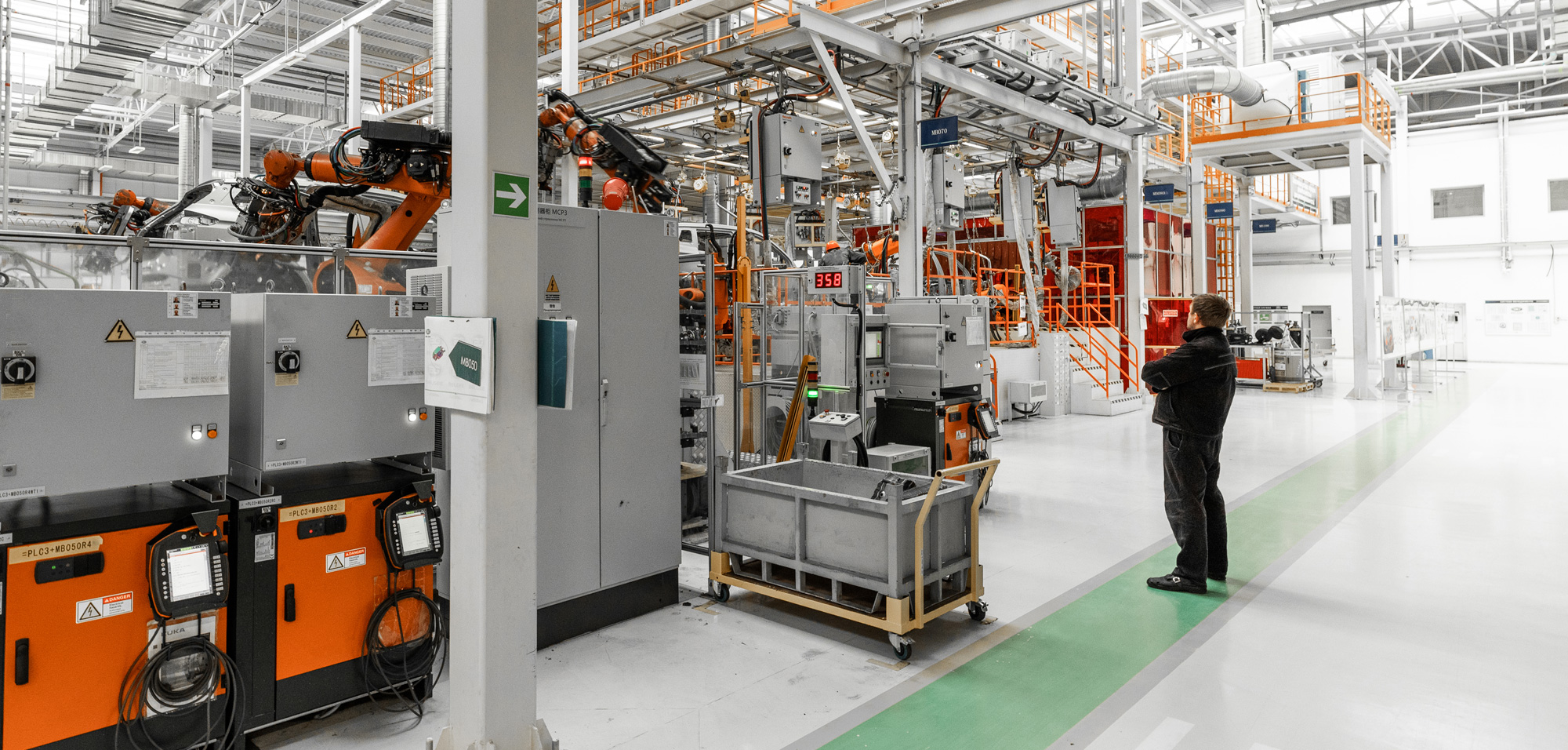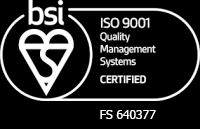What Is a Smart Factory (And Why Manufacturers Should Become One)
If “Industry 4.0” is the movement, the smart factory is the workshop where it happens. It’s not just a plant with more sensors or a shinier MES. A smart factory is a cyber-physical production system where machines, products, people and systems are connected end-to-end, data flows freely, and decisions are increasingly automated (and improved) by analytics and AI.
A working definition
A smart factory uses IIoT, cloud/edge computing, AI/ML, robotics and digital twins to collect and contextualise data, optimise processes in real time, and continuously learn. Crucially, it integrates shop-floor data with business systems (ERP, supply chain, quality, service) to drive better decisions across the value chain, not just the line.
Why it matters: the results leaders are getting
Independent benchmarks show the upside isn’t marginal, it’s transformational:
- Productivity up ~60%, defects down ~46%, lead times down ~35%, and unit energy down ~27% among plants recognised by the World Economic Forum’s Global Lighthouse Network.
- Real-world case: AstraZeneca reports +55% output and −44% lead time after scaling digital and AI across sites.
- In the UK, the government-backed Made Smarter programme found 97% of adopters reported benefits such as improved planning efficiency and cost reduction.
Beyond the numbers, McKinsey highlights people-level wins: safer work, better decision-making, and higher engagement due to up-skilling and cross-functional collaboration. That’s vital for retention in a tight labour market.
What makes a factory “smart”?
Think in layers:
- Connected assets (IIoT): Sensors and machines generate live data (condition, throughput, quality).
- Data infrastructure: Edge for real-time control; cloud for scale analytics. Clean, contextualised, cyber-secure data is the backbone.
- Intelligence: Analytics and AI drive use-cases like predictive maintenance, quality prediction, energy optimisation, and dynamic scheduling.
- Digital twins & standards: Model products, processes and resources using recognised frameworks (e.g., ISO 23247), so insights are trustworthy and portable.
- People & ways of working: Agile, cross-functional teams; operators empowered with real-time insights; continuous improvement augmented by data.
The business case manufacturers can take to the board
- Cost & throughput: Predictive maintenance and flow optimisation reduce unplanned downtime and WIP while increasing OEE and first-pass yield. (See GLN metrics above.)
- Quality & compliance: AI-assisted inspection and full traceability cut defects and complaints while easing audit burden.
- Energy & sustainability: Monitoring at asset and line level identifies waste energy and idle losses; GLN sites show double-digit energy reductions.
- Resilience: Visibility across suppliers, production and logistics improves response to shocks, while modular, software-defined processes change over faster.
- Talent & safety: Data-driven workflows and cobotics reduce repetitive tasks and incidents while creating higher-value roles.
Why some plants stall (and how to avoid it)
UK adoption still lags despite clear benefits, often due to data readiness, legacy constraints, and siloed pilots that never scale. The fix: treat data as infrastructure (governance, contextualisation, security), modernise selectively, and design for scale from day one.
A pragmatic roadmap you can start this quarter
- Assess your digital maturity. Use a neutral framework like SIRI (Smart Industry Readiness Index) to baseline Process, Technology and Organisation, and prioritise where digital will unlock the most value.
- Pick 3–5 value-tied use-cases. Examples: bottleneck analytics, predictive maintenance on a high-cost asset, AI-assisted quality at a critical station, and energy monitoring on your most energy-intensive line. Anchor each to a P&L metric with a target and timebox.
- Build the data spine. Stand up an edge-to-cloud architecture that can ingest from PLCs/SCADA/MES, contextualise to assets and processes (ISA-95/packaging), and expose clean data to apps, securely.
- Design for scale (not just pilots). Re-useable data models, common connectors, and standardised KPI definitions so you can replicate wins line-to-line and site-to-site. Tie governance to ISO 23247 concepts where digital twins are involved.
- Up-skill your people. Blend CI with digital: empower operators and engineers with simple dashboards first; then add AI decision support. Codify new ways of working.
- Join the community. Study Global Lighthouse Network playbooks to shortcut pitfalls and calibrate ambition levels.
Smart factory FAQs (quick takes)
- Is this only for large OEMs? No. UK SMEs in Made Smarter have shown measurable benefits with targeted, low-capex projects, start where ROI is provable.
- Do we need a full re-platform? Usually not. Prioritise high-value data paths and wrap legacy assets with gateways before replacing.
- What about standards? Use ISO 23247 for digital twins, and proven maturity frameworks like SIRI to plan and track progress.
Bottom line
A smart factory is not a technology shopping list, it’s a disciplined way to turn data into throughput, quality, resilience and sustainability. The evidence from Lighthouse plants and UK pilots is clear: start focused, build a scalable data foundation, and up-skill your teams, and you can unlock double-digit improvements that compound over time.





